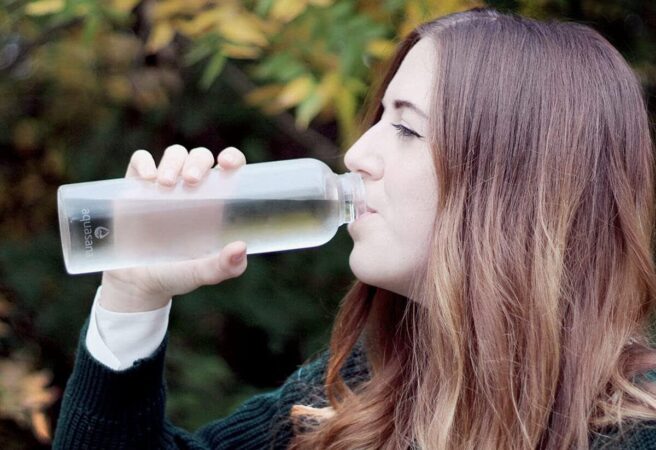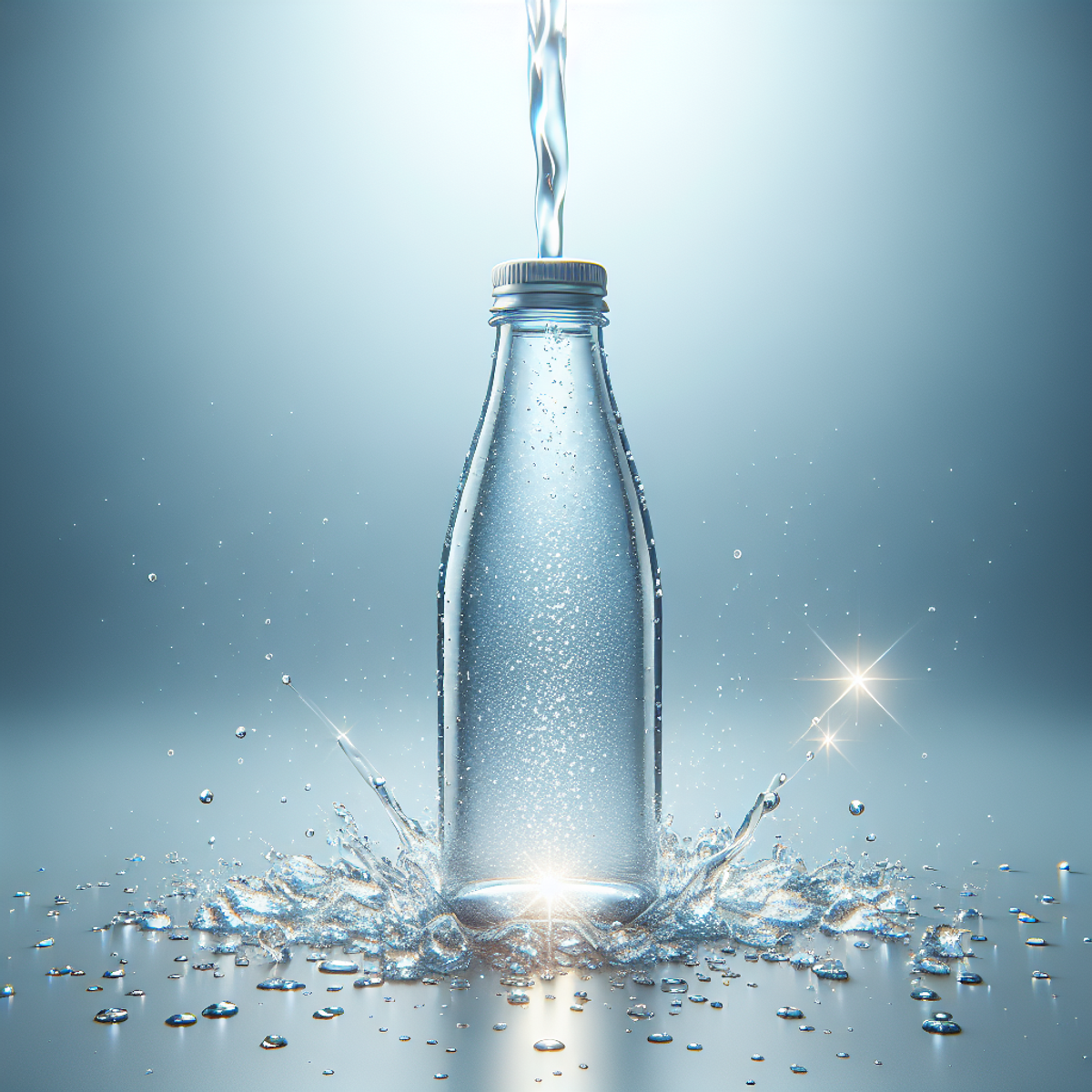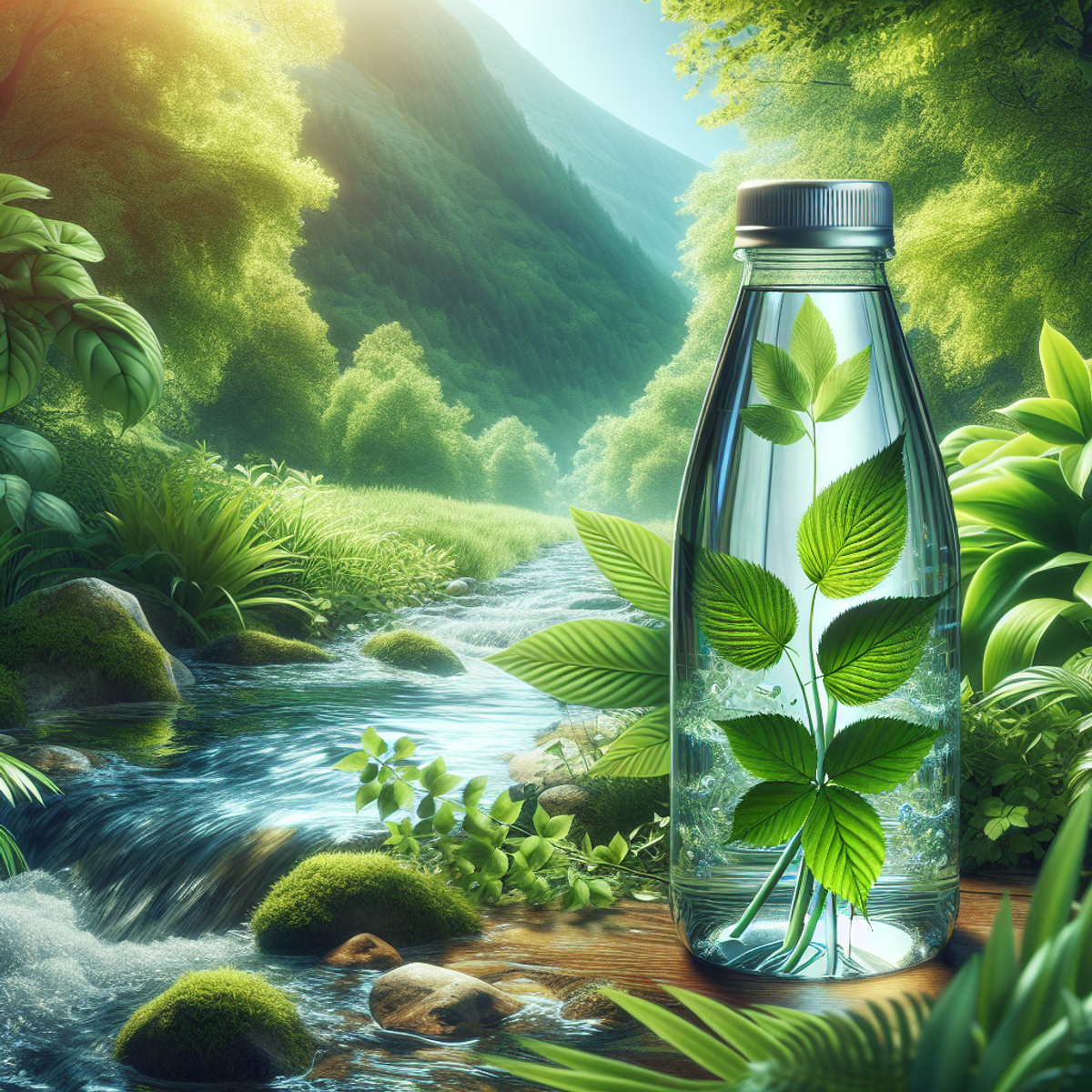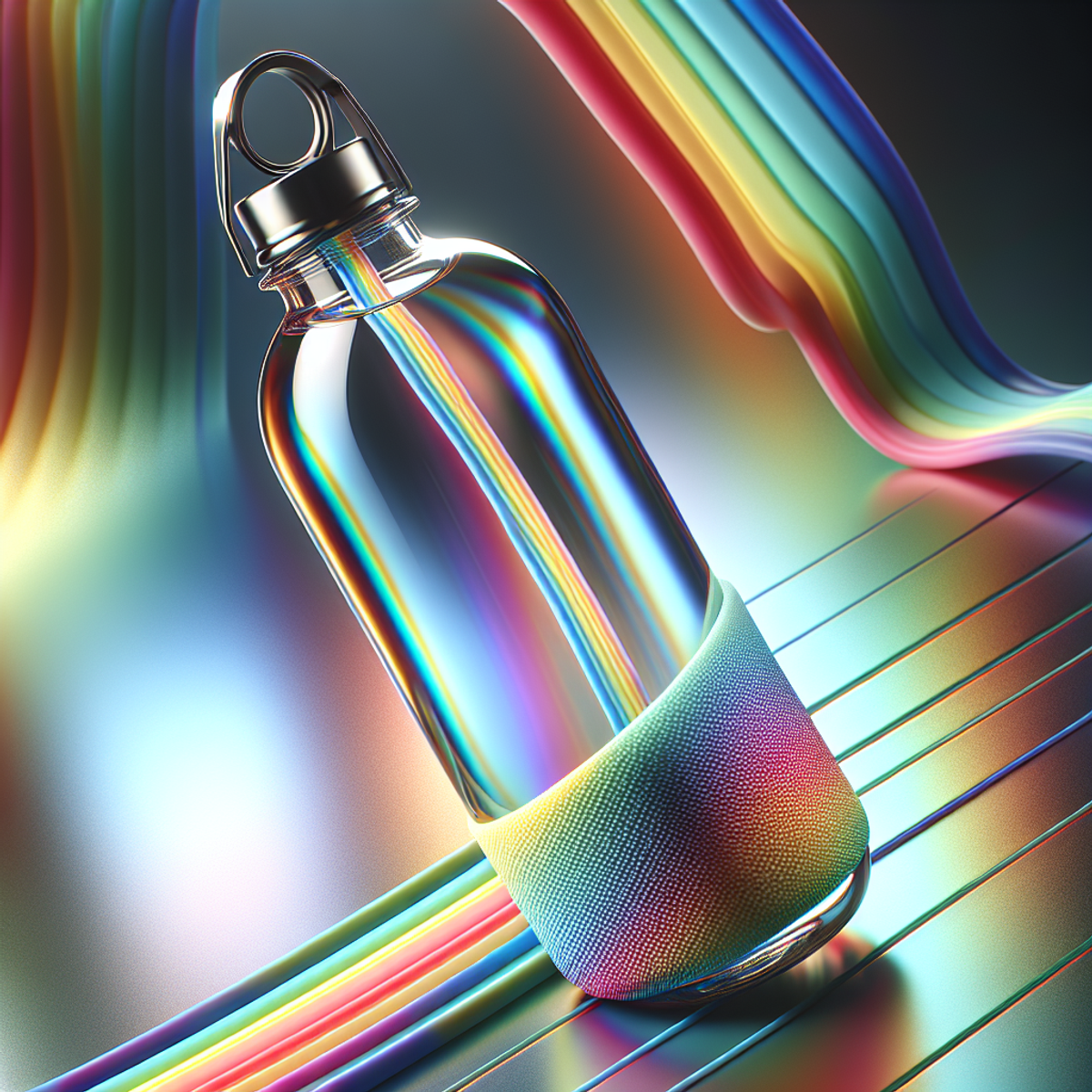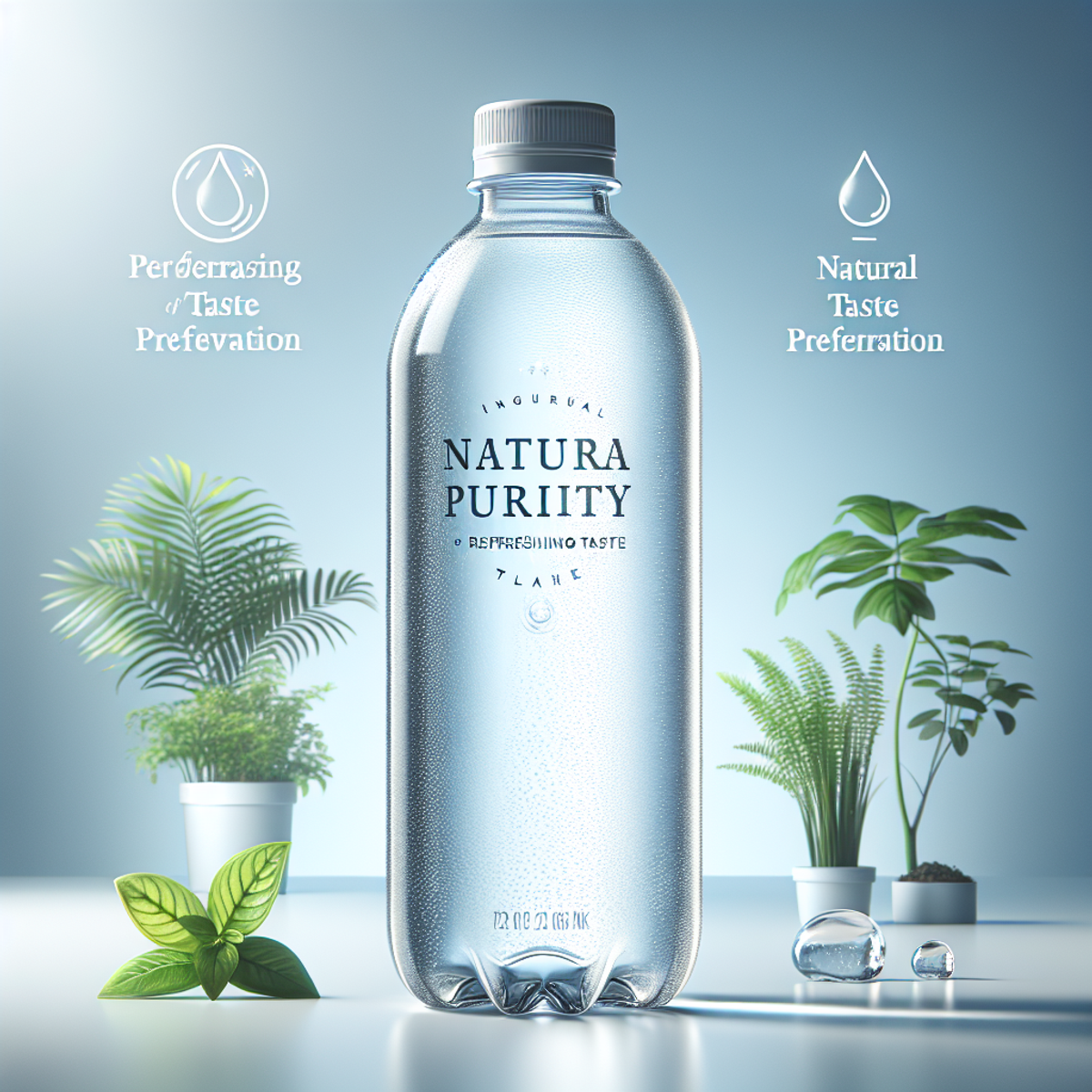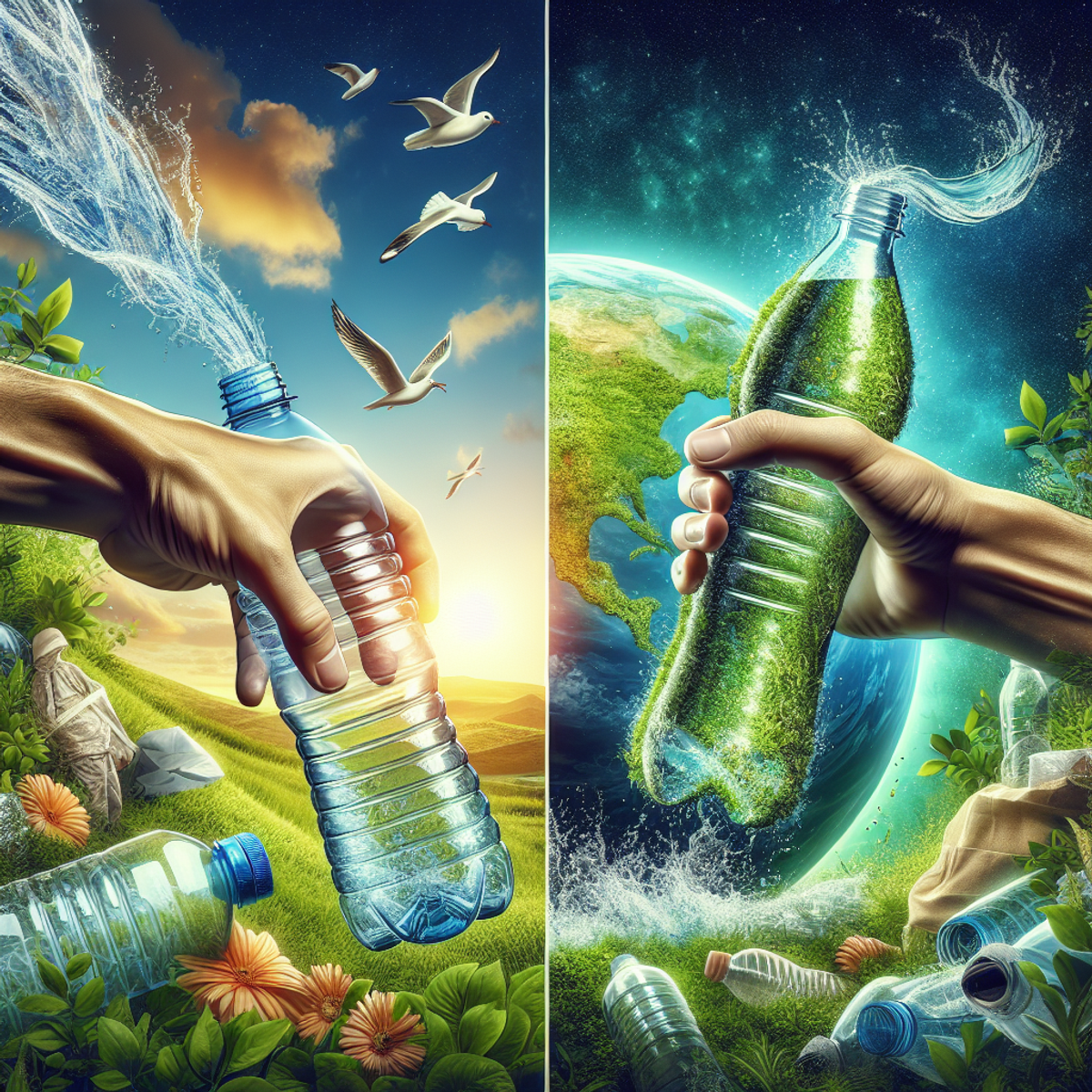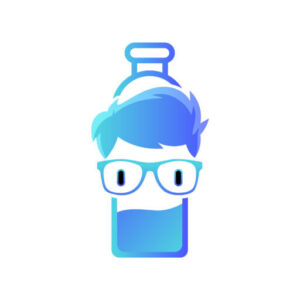If you are looking for a non toxic glass water bottle, your search is over. We have gathered the most relevant content while answering the most common question, ‘Do glass bottles leach chemicals?
In this short but comprehensive guide, we will try to help you understand whether your glass bottle is free from toxins. In addition, the later section of this article debunks some popular myths about glass water bottles.
So, let’s see what we got here.
Do Glass Bottles Leach Chemicals?
One of the best reasons for using a glass water bottle is its non-toxic nature. This suggests that glass bottles are generally safe, as they are inert. Glass is a non-porous material, which makes it impermeable.
In most cases, glass doesn’t allow water or drinks to absorb harmful chemicals or odors. This stands true for most of the branded glass water bottles. On the contrary, certain glass bottles contain Cadmium or Lead.
Both these materials are harmful and could possibly leach into the liquid. So, you need to be careful when buying glass water bottles. For instance, make sure to look for high-quality glass bottles that are free from toxic materials.
Manufacturers use lead to lower the melting point of silica (the main ingredient for glass). Glassware with glaze might contain lead. To avoid this, you must find a reliable brand offering toxic-free glass water bottles.
Most non-crystal glassware is toxic-free and safe to use. Made of silica and soda lime, this type of non-toxic glass is known as soda-lime glass. Some manufacturers also use a limited amount of borosilicate to enhance durability.
To learn about the safety of a glass bottle, it is essential to know the chemical composition of different types of glasses.
Here are some of the ingredients used for making glass:
Silica: It is the basic material used to manufacture any kind of glass. Nearly 70-75% of silica is used for making glass. However, the melting point of silica is relatively higher (about 1700 Celsius).
Soda Ash: Soda-lime glass contains almost 12-15% Soda Ash. It helps lower the melting point of silica. This means you need less energy for making glass. Working with soda-ash glass is easy but makes it soft and soluble.
To prevent this, manufacturers use Lime to add some rigidity to the glass. These ingredients are melted with silica and are strongly bonded. Hence, glass bottles made of these materials don’t leach chemicals into water.
How to Know Whether a Glass Water Bottle Contains Lead
To start with, antique and crystal glassware is usually lead-free. However, it would be appropriate to verify before using such glass containers.
- Weighing a glass bottle is a simple test. Just pick a glass bottle and feel its weight. Normally, lead glass is relatively heavier than lead-free glass. The weight difference is due to the higher ratio of metal used during the manufacturing process.
- In addition, you can also test a glass bottle by tapping its side with a fork or fingernail. If your glass bottle makes a gentle clinking sound, it is most probably made of lead-free glass.
- On the other hand, if the glass makes a long ringing sound, there might be some traces of heavy metals. Long ringing sounds suggest that the glass contains excessive amounts of Lead or Cadmium.
- Another way to help you find a non toxic glass water bottle is to put it in the sunlight. Lead-free glass is capable of refracting more light. So, if you see a prism of light diverging into rainbow colors, your glass is lead-free.
Even if you are still unsure after performing the above tests, try putting white vinegar in your glassware and keeping it overnight. Due to the acidic nature of vinegar, lead tends to dissolve in it.
The signs of contamination could appear after 12 to 4 hours. To confirm the presence of lead, you can use Lead test kits. These kits are cheap and can be bought from a hardware store.
Debunking Myths about Glass Bottles
There are certain myths about glass water bottles that need to be debunked. This would help you to have more confidence and trust when buying a non toxic glass water bottle.
Below, we have debunked some of these myths.
Myth 1: Glass Bottles Lose their Purity when Recycled
Glass is one of those materials that maintains its strength and quality even after being recycled numerous times. So, it is possible to recycle glass infinitely and still get the properties of virgin glass.
Myth 3: Borosilicate Glass Bottles are Toxic
This is another common myth about glass bottles. Borosilicate glass tends to be more durable and sturdy. In addition, adding Boric Oxide also increases the thermal shock resistance.
However, no research findings suggest that Borosilicate glass bottles are toxic. On the other hand, this material makes glass resistant to extreme temperature changes.
Myth 4: Bacteria Grow Easily in a Glass Bottle
Since a glass bottle is non-porous, chances of bacterial growth are rare. Also, the uniform surface makes it easy to thoroughly clean the glass bottles. So, the growth of bacteria in a cleaned and dried glass bottle is rare.
Myth 5: Almost Every Glass Bottle Contains a Small Amount of Lead
Glass is usually considered safe, as there are no harmful chemicals that could leach into water or drinks. On the other hand, only a few low-quality glass bottles might contain lead or cadmium.
Therefore, it won’t be justified to say that every glass bottle contains lead. But, you need to be careful when looking for a non toxic glass water bottle.
Final Thoughts
While going through the information provided above, you might know how safe your glass water bottle is. Finding a non toxic glass water bottle is easy, as glass is a non-porous material and doesn’t leach chemicals. However, make sure to stay away from glass bottles containing harmful chemicals like Lead and Cadmium.

